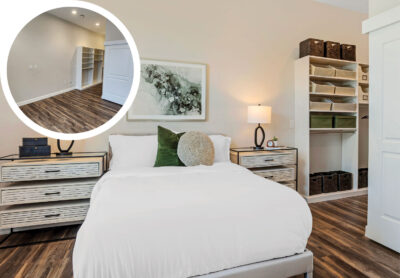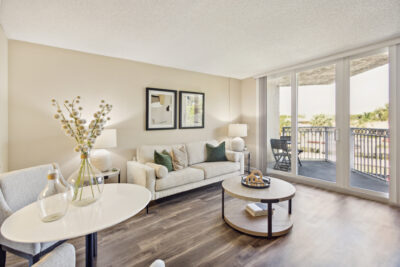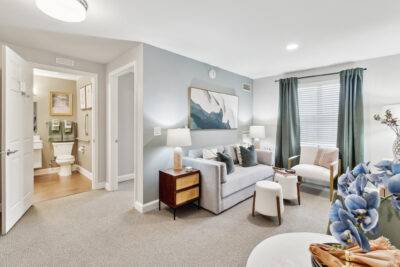The Space
Communal spaces are an important aspect of model apartment staging. Most family spaces are fit with a television as the main focus—it might not be the most aesthetic aspect of the room, but it is certainly where most people will be looking. Television is a popular medium for a reason: it’s an engaging form of entertainment, and its passive, varied size and styling melds well with most interior design options. It rarely takes up more space than needed and casts models in a homey, relatable aura. As televisions adapt and change, so, too, should the spaces around them. Television is also where people are inspired and can find some of the best ideas for interior design in their own homes.
Exposition and Expansion
Since the early 1990s, home living shows have been some of the most successful reality television programs. People enjoying seeing professionals and amateurs work together on bettering their surroundings. The shows themselves vary from construction-oriented tutorials to artsy design competitions and everything in between. The programs are designed to spur interest in at-home work by appealing to the audience’s inner designer. Most of the people in the shows are relatable small business owners. The glitz and glamor of regular productions are stripped back to their most basic functions—a camera and action. Personalities play a big role in spurring interest in the shows and their messages, and many of them have gone on to influence the whole of the interior design industry.
HGTV and other design channels have completely changed the way people think about interior design; dramas and other cable programming also benefited from this new focus on aesthetics. The show Fixer Upper caused a renewed interest in shiplap, Mad Men caused a revival of mid-century styling, and many sci-fi channels help us imagine the future. Interior design translates beautifully to television—it is visual and personable, immediate and intimate. It is easy to watch alone or with a group. The circle of influence from design, to television, and back again signals growing patronage and cultural relativity for the industry. Television has completely changed the way people think and interact with interior design.
Bridging Old and New Ideas
Interior design is not a simple forward march. Fads and fixations come in cycles. Sometimes revivals reign; other times modernist ideas take hold and affect core design elements. Longstanding styles are null and void in the age of television, where old villas can compete with modern models for the heart of renters and viewers alike. Obscurity ends with camera lenses—all styles are equal on television. Dramatic and artistic aspects of interior design shine on the small screen. Scripted shows meld with the reality of design, creating a unique viewing experience that is difficult to replicate.
Many of the shows demand attention because of their characters and storylines, but the lasting legacies are with the decorations and design. The programs usually run like regular reality programming, but highlight building and design far more than character quirks or expositional drama. This allows designers to show off backed by large television corporations. They heighten design ambition by seamlessly sewing old and new together. Older styles are new again on television.





